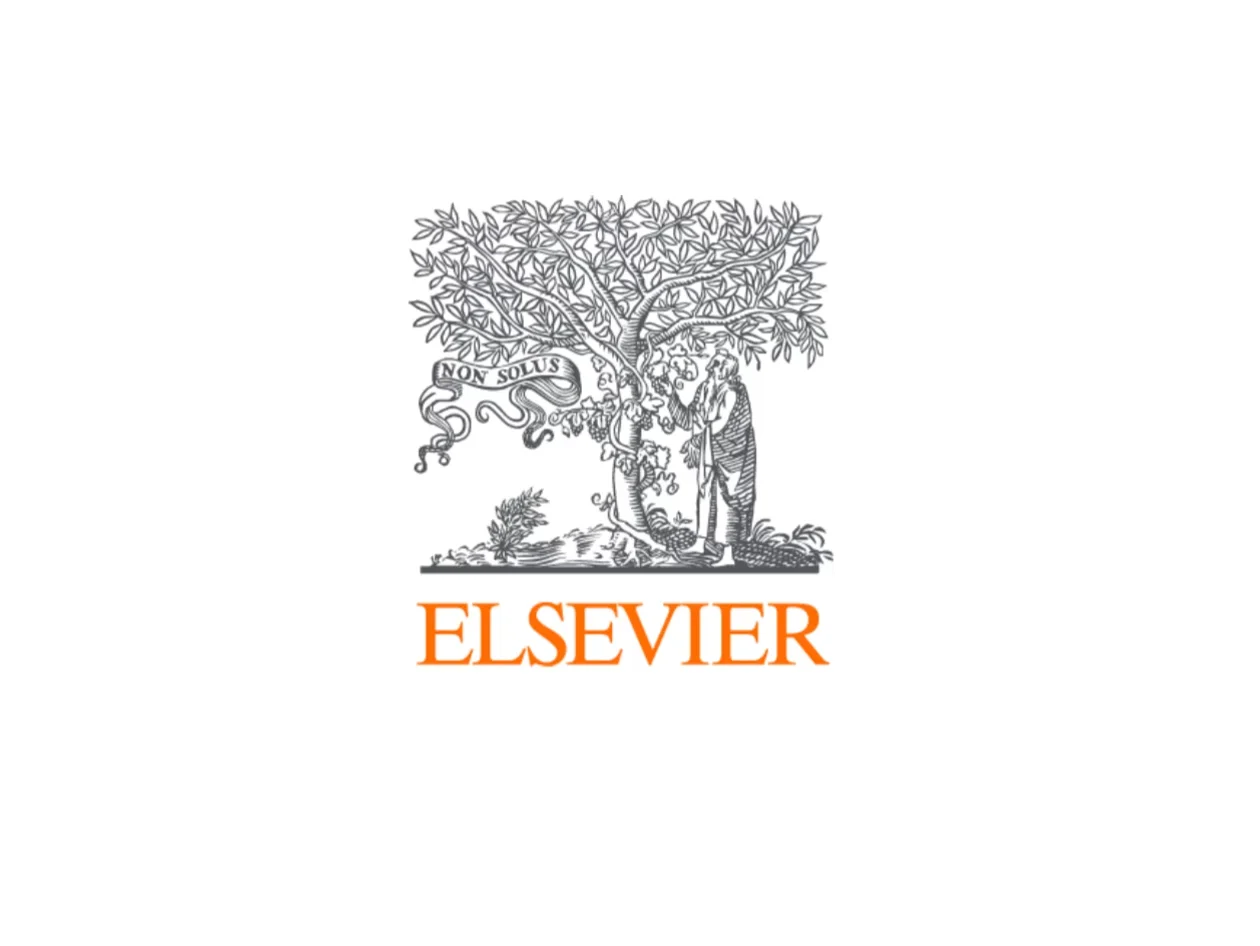When you publish in a gold open access journal, the license you choose defines how readers can reuse your article. Perhaps the most common licenses you will see are:
Creative Commons Attribution (“CC BY”)
This license enables re-users to copy, distribute, remix, adapt, and build upon the material in any medium or format, for commercial and non-commercial purposes, so long as attribution is given to the creator.
Creative Commons Non-Commercial No-Derivative (“CC BY NC ND”)
This license enables re-users to copy and distribute the material in any medium or format in unadapted form only, provided it is for non-commercial purposes, and only so long as attribution is given to the creator.
Creative Commons Non-Commercial (“CC BY NC”)
This license enables re-users to copy, distribute and adapt the material in any medium or format, provided it is for non-commercial purposes, so long as attribution is given to the creator.
You can see a full list of user licenses used by Elsevier on this page.



